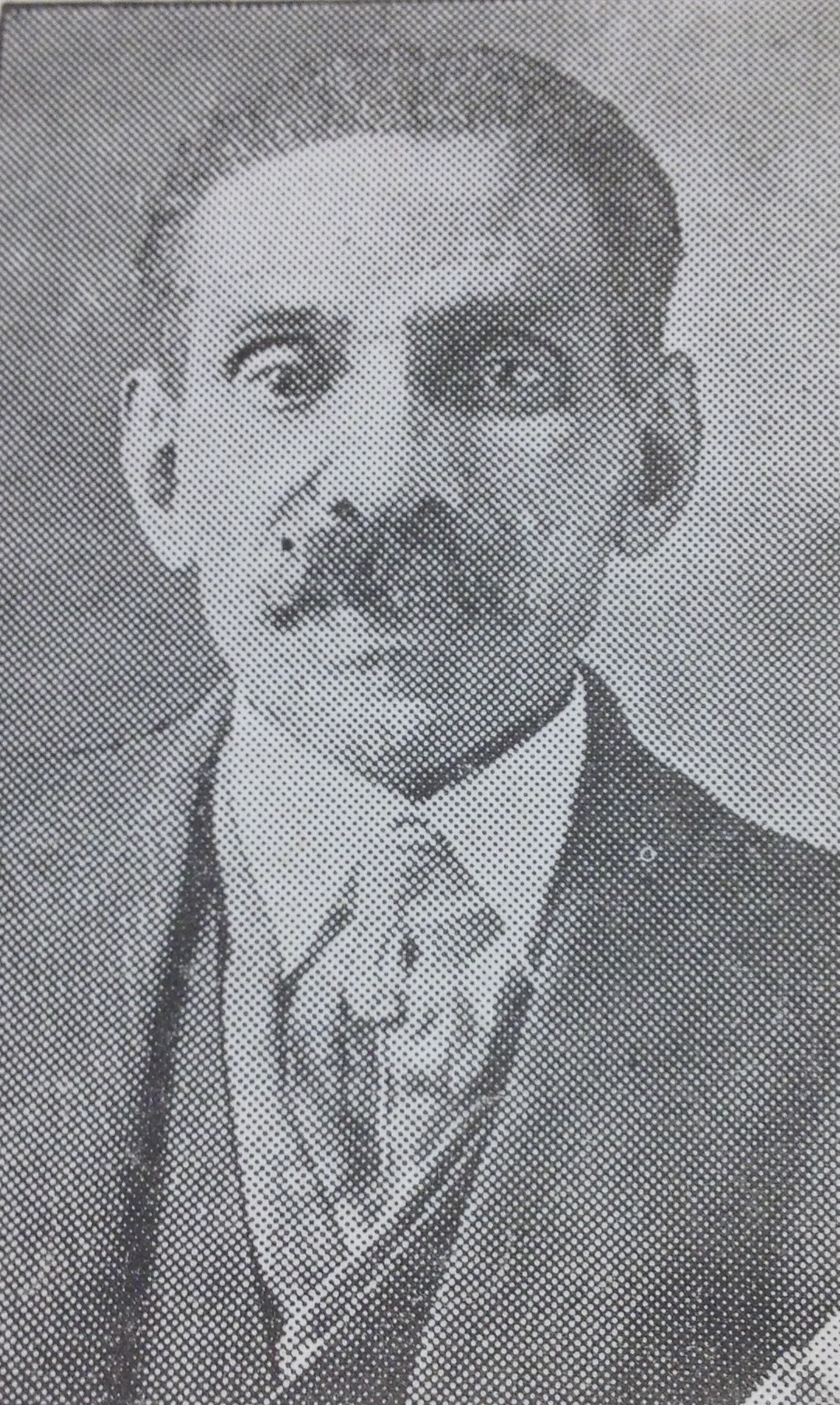Dennis Ignatius Imbert (1869-1947)
With its Latin spirit, New Orleans has always laid claim to the title “Gateway to the Americas.” Long before Mayor Chep Morrison sought to solidify that city’s ties to Latin America in the 1950s, the city had drawn migrants and refugees from below the border. The Mexican President Benito Juarez lived in exile at New Orleans in the 1850s, as did the Cuban revolutionary Antonio Maceo in the 1880s. Perhaps unknown to the vast majority of our readers is Señor Dennis Ignatius Imbert, a native of Caracas, Venezuela, who lived in New Orleans for nearly a quarter-century and left an intriguing yet little-known literary legacy. Imbert authored three fictional travel narratives, employing the genre to offer observations based upon his four decades in the United States.
Imbert was born in Venezuela’s capitol city of Caracas on 1 February 1869. If one were to scour his fictional travel narratives, the narrator and main character, like Imbert, hails from a South American capitol, is born to a prosperous colored merchant father, and in varying tales pursued business in either New York or New Orleans. Imbert’s three books were all published by colored printers: The Colored Gentleman by Williams Printing Service, and the other two by Watson Brothers Press. They all number between eighty and one hundred and ten pages, with the first seemingly having been the most popular.
In the earliest work, The Colored Gentleman: A Product of Modern Civilization (1931), the protagonist, Señor Francis Lafarge is a young attorney on an island in the British West Indies. Having spent seven years studying in England and touring Europe, he tires after spending three years in his native country. He leaves his father, sister, and sweetheart to travel to New York. In New York, he is welcomed by a business contact of his father. Lafarge observes the multitude of ethnic groups in the city, their living conditions, and social interactions among New Yorkers. He eventually moves on to New Orleans, marrying a young Creole maiden he had met during his voyage to America. He eventually marries the young woman, Juanita LeBlanc, the daughter of a French father who is an attorney and a Martiniquan mother. Lafarge makes a successful living in his father-in-law’s firm. He proves himself to have attained a high degree of “material and intellectual development.” Throughout the course of the narrative, he offers commentary upon fitness of colored population for the modern world.
The book ends with a photographic section with portraits of eleven leading colored men of New Orleans and a directory listing some other men of mark. Those pictured are: Smith Wendell Green, George Labat, Emile Labat, Dr. Joseph Arthur Hardin, Joseph Patrick Geddes, Dr. Aaron Walter Brazier, Edward D. Verrett, William H. Mitchell, Dr. George W. Lucas, Raoul Joseph Llopis, and R. G. Williams. Listed are five dentists, one physician, two druggists, eight school principals, thirteen school teachers, two librarians, three insurance officials, and one attorney.
In the next work, The Stranger Within Our Gates: A South American’s Impressions of America’s Social Problems, the principal character, Domingo Lopez, engages in a similar journey. Lopez is identified as being from a particular country, Venezuela, and likewise was admitted to the bar in England. After several years in the United States, he reaches the conclusion, “After all, the United States was the best place in the world to live in.” He also asks when reflecting upon the plight of colored Americans, “Why not extend to them the privileges of citizenship?”
The final work, The Negro After the War, published in 1943, assessed the contemporary racial conditions in the United States and prescribed the actions and desires of the Negro race after the conclusion of World War II. He adequately predicted a stronger assertion of the rights assured to free people in a modern civilization.
Though Imbert presents his protagonists as Afro-Latinos, they never seem to be subject to the prejudice faced by the colored Americans in the stories. While Imbert himself enjoyed a successful career in California as a hotel manager and clerk, there is no indication that he (always identified as mulatto or negro) skirted the color line in such a manner as his characters once he settled in the South. Imbert immigrated to the United States about 1895 just at the time when Jim Crow was becoming de rigeur. Settling in California, he married a white woman from Missouri named Alta Royer on 29 September 1896. They had one daughter, Mabel, before they apparently separated. While Alta and their daughter continued to live in California, Imbert moved to New Orleans. In the Crescent City, he maintained furnished rooms in a few places, worked as a bookkeeper and clerk for several years, and finally was employed by the Venus Mutual Benevolent Society’s Community Center. Though he moved several times, Imbert lived for the most part either Uptown or in the French Quarter, the longest period being spent at 929 Barracks Street. Dennis Ignatius Imbert died on 19 May 1947 at seventy-eight years of age. He was buried from Saint Augustine’s Church and interred in Saint Mary’s Cemetery in Carrollton.
Sources: The titles mentioned above by Dennis I. Imbert; 1900, 1910, 1920, 1930, and 1940 Federal Censuses; New Orleans City Directories, Dennis Imber obituary, The Times-Picayune, 20 May 1947.
Jari C. Honora




Hi,
Not too sure if additional information is available for Mr Imbert, but would anyone know if he travelled around the Caribbean, possibly in late 1890’s or early 1900’s?
Kind regards,
Cilla Paul
Another Great article!
Joseph P.Geddes, gr- gr- uncle
Thank you as always!